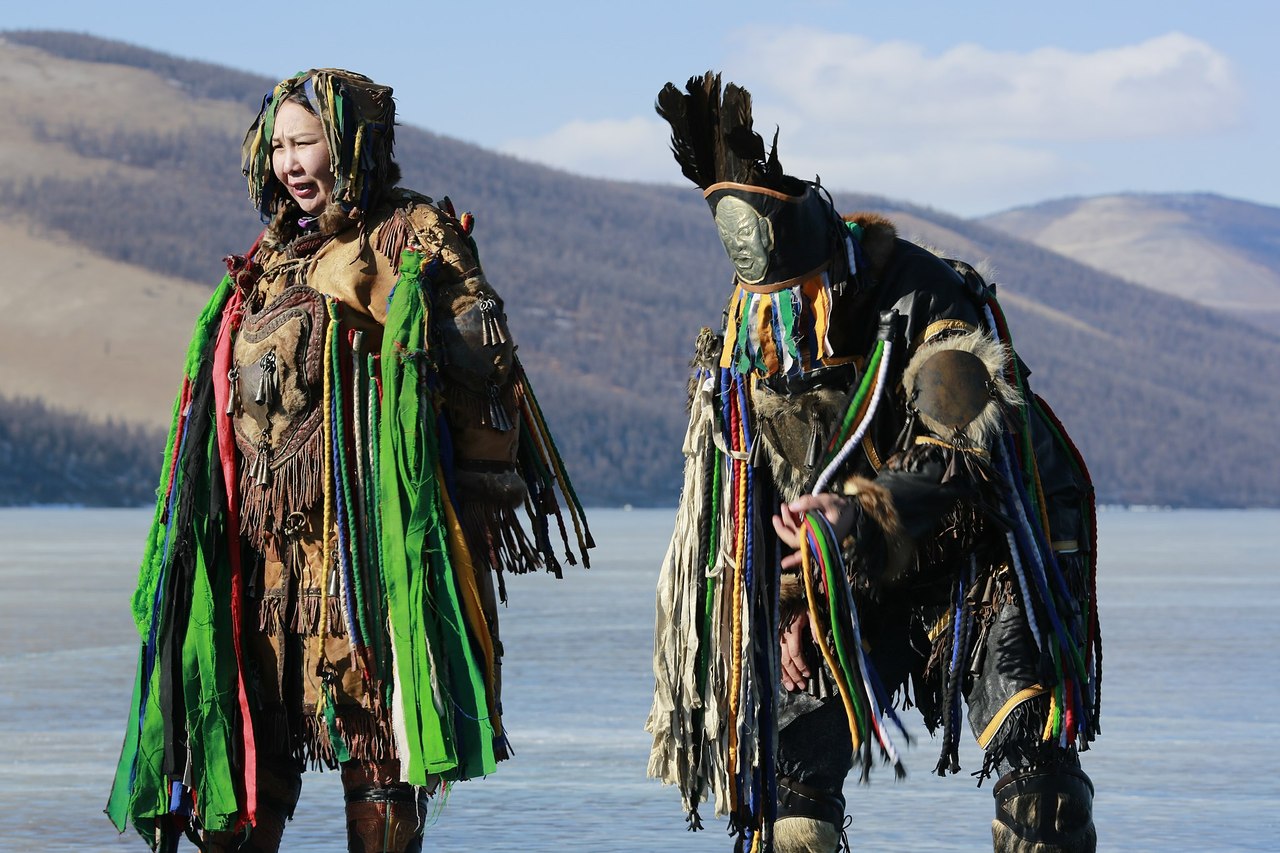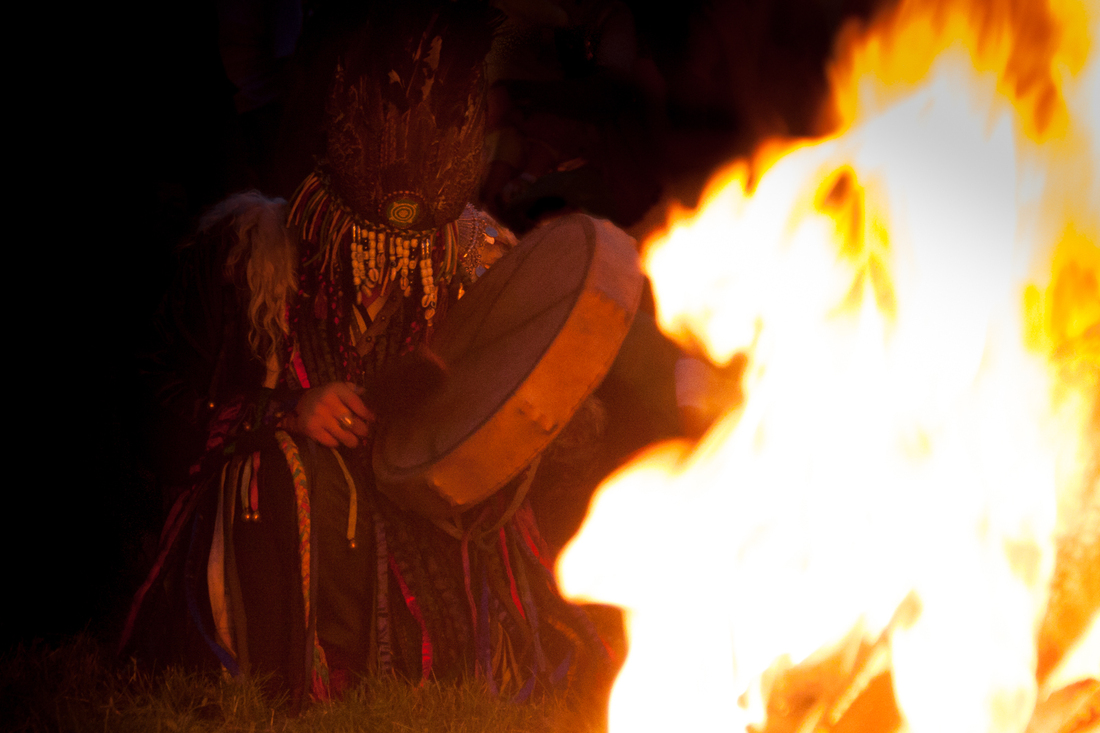Anthony Stevens, psychologist and MD says this two million years old Self, the ordaining centre of the collective unconscious, this continuous chain of experiences called individual life, this Self is a collective character: as Jungians discovered, the particular experience of each and every one of us, counts and influences be it the pathology, or the healing process of everybody. The two million years human understands what it means to be sick and what’s necessary for healing because, as Stevens argues, “acceptance, empathy, attachment and affiliation with this indigenous Self residing in our psyche is the key to adaptation and health”. (
The Two Million-Year-Old Self, Anthony Stevens, 1993)
What is it that journalists do? They mirror. What is it that psychologists actually do? They mirror and help us in the process of self-resignification. What is it that medics do? They mirror distortion and bring back the whole version of body functioning. What is it that artists do? They mirror the interior and exterior universe and re-signify it in relation with the Self.
All these self-mirroring and self-centering forms, and more, are also part of the activities’ collection attributed to the shaman – this archetypal and concrete figure that for the last 40 years fought to still be present among us and to culturally resurface… because people still need this figure to function. The shaman–be it in the form of the artist stepping up on stage, treating people in hospitals and psychology cabinets, observing and analysing life and mirroring it through mass-media, but also as an interior dimension of each one of us–acts at the intersection of several existential functions.
The shaman fulfils some of the transcendental artistic expression, some of the counselling and accompanying done by psychologists and philosophers. Acting as a mirror and also being the creator of the collective dream, he is the storyteller and keeper of the cultural memory, reminding us of the work of a Jungian analyst helping us read and rewrite the ‟circuitry” of our soul. We now live a time when this shaman is showing himself again to the world.
A few cultural insights on
shamanism:
• The word shaman has an uncertain etymology spreading its roots in several cultures: in Tungus-Mongol language, šaman, “the one who knows”, “the exalted, moved, uplifted one”; with the Evenki people, šamán; in Sanskrit, śramaṇa (monastic figure, saint) etc.
• Beginning of the XXth century, Maria Czaplicka published her bestseller
Shamanism in Siberia (an extraordinary effort to collect anthropological information from previous studies done by various adventurers, explorers and scientists, but also an important research into ethnological resources available on the sides of the Yenisei River, Russia). Her book manages to capture a detailed portrait of the Siberian shaman.
• During the 80s, anthropologist
Michael Harner builds a bridge over time and sets forth an act of reverence and admiration towards the indigenous people all over the world, but especially indigenous cultures still standing in North, Central and South America: as a result of his anthropology studies he published
The Way of the Shaman. His book would later have a massive influence on the rise of neo-shamanism practices worldwide.
• Carlos Castaneda, yet another influential cultural figure during the 70s published in 1968 the book
The Teachings of Don Juan, the story of a yaqui, a Toltec "man of knowledge" with whom Castaneda allegedly has spent years of training into shamanic practices. The book became an international bestseller.
The shaman's functions in the community are keeping the balance between man and nature, keeping the culture alive, the stories, the customs of the tribe and their traditions. He is a physical and psycho-emotional healer of the community members, a keeper of the ritual laws, depository of the tribe’s wisdom, beyond time and space, to see the Principle manifested in the harmonious simplicity of nature.
A shaman becomes a shaman after a crisis (physical and/or mental illness, depression, lose of identity, family lose etc.) followed by a guiding dream or various symbolic synchronicities connected with giving or receiving the responsibility to be a shaman. This is the reason why all shamans present themselves as being chosen to do this. Some theories talk about the First Shaman as being a woman, especially depicted as an old woman, the Grandmother, keeper of knowledge about all that is to be experienced between birth and death during human life.
One of the fundamental healing practice in shamanism is cutting away/extracting/removing all bad/toxic/negative powers and restoring beneficial powers.





